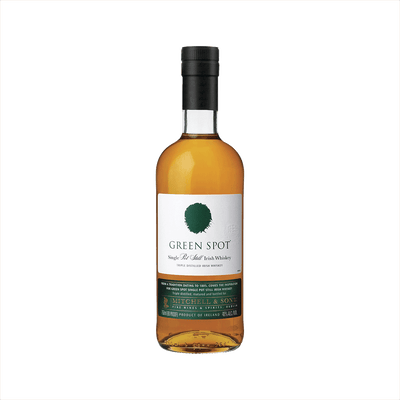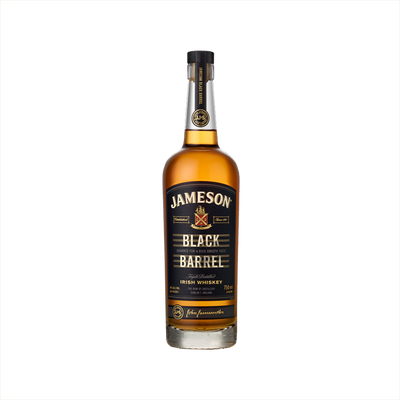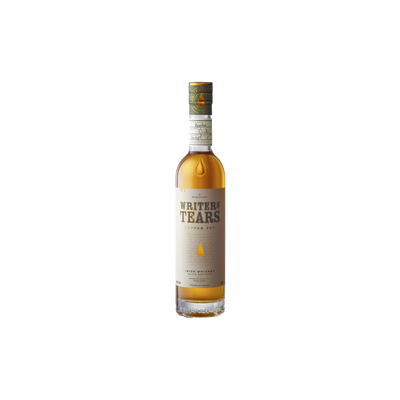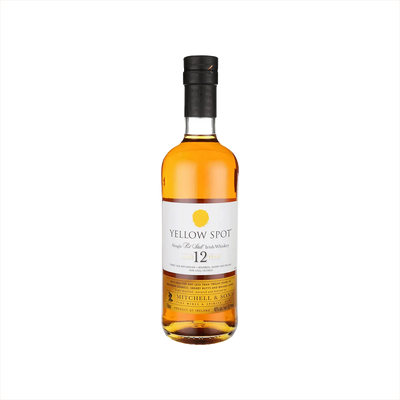Single Pot Still Irish Whiskey
What is Single Pot Still Irish Whiskey?
Single Pot Still Irish Whiskey represents a uniquely Irish style of Irish Whiskey that must be made from a mash bill containing both malted and unmalted barley, distilled in traditional copper pot stills at a single distillery. This distinctive category requires a minimum of 30% malted barley and 30% unmalted barley, with the remaining 40% potentially filled with other cereal grains like oats or wheat. The inclusion of unmalted barley gives Single Pot Still whiskeys their characteristic spicy, oily texture and complex flavor profile that sets them apart from other whiskey styles.
Learn More About Single Pot Still Irish Whiskey
What makes Single Pot Still Irish Whiskey unique?
Single Pot Still Irish Whiskey stands apart through its distinctive mash bill that combines both malted and unmalted barley, creating a spicier, more complex flavor profile than the smoother single malts or lighter blended Irish whiskeys. This style must be distilled in traditional copper pot stills at a single distillery, giving it a creamy, oily texture and bold character that's uniquely Irish. The unmalted barley adds a distinctive bite and earthiness that you won't find in other Irish whiskey categories, making it the most characteristically Irish expression of the spirit.
How is Single Pot Still Irish Whiskey made?
Single Pot Still Irish Whiskey starts with a distinctive mash bill that combines malted and unmalted barley, along with small amounts of other grains like oats or wheat, which gets fermented and distilled in traditional copper pot stills at a single distillery. The spirit must be distilled in Ireland and aged in wooden casks for a minimum of three years, though most expressions see much longer maturation periods. This unique production method, using both malted and unmalted barley in pot stills, creates the creamy, spicy character that sets this style apart from other Irish whiskeys.
How do you drink Single Pot Still Irish Whiskey?
Single Pot Still Irish whiskey shines brightest when sipped neat or with just a splash of water to open up its complex spice and fruit notes. While it's certainly enjoyable on the rocks, purists prefer it at room temperature to fully appreciate the interplay between malted and unmalted barley that defines this distinctly Irish style. When it comes to cocktails, Single Pot Still works beautifully in classic whiskey drinks like an Irish Coffee, Old Fashioned, or Whiskey Sour, where its robust character and peppery finish can stand up to other ingredients without losing its identity.
How do I choose good Single Pot Still Irish Whiskey?
Start by considering the age statement and distillery character - younger expressions like Redbreast 12 offer bright, spicy notes perfect for cocktails, while older bottlings like Green Spot or Powers John's Lane bring deeper complexity better suited for sipping neat. For cocktail mixing, look for bottlings around 40-46% ABV that won't get lost behind mixers, but if you're planning to drink it straight, higher-proof versions will give you more flavor intensity and the option to add a splash of water to open things up. The beauty of single pot still lies in that distinctive spicy, oily mouthfeel from the mixed mash bill, so seek out producers who highlight this texture rather than trying to smooth it away.
Nutritional Information
Typical Calorie Range per Ounce: 65-70 calories
Typical Carbohydrate Range per Ounce: 0 grams
Typical Sugar Range per Ounce: 0 grams
Typically Gluten Free: No
Single Pot Still Irish Whiskey contains malted and unmalted barley, which naturally contains gluten. While the distillation process removes most gluten proteins, trace amounts may remain. Those with celiac disease or severe gluten sensitivities should exercise caution. Always check detailed product information and consult with manufacturers to confirm gluten-free status, as production methods and ingredients can vary between brands and expressions.
Scrolled this far? Your reward? Single Pot Still Irish Whiskey Trivia!
- Single pot still Irish whiskey was born from tax rebellion. In the 1780s, the British government imposed a malt tax in Ireland, so clever distillers started mixing unmalted barley with malted barley to dodge the levy. What began as financial defiance accidentally created one of the world's most distinctive whiskey styles. The unmalted barley gives single pot still its signature spicy, creamy character that you won't find anywhere else.
- It nearly vanished completely and was saved by one distillery. By the 1960s, single pot still Irish whiskey had almost disappeared - only Midleton Distillery in Cork was still making it. The style that once dominated global whiskey markets had been reduced to a single flame. Today's revival started in the 1980s when Midleton began celebrating this uniquely Irish method, and now distilleries across Ireland are rediscovering the magic of mixed mash bills.
- The pot stills used are absolutely massive - some hold over 30,000 gallons. Midleton's copper pot stills are among the largest in the world, with necks that stretch three stories high. These giants require specially designed buildings and take skilled craftsmen hours just to clean properly. The enormous size creates incredibly complex flavor interactions that smaller stills simply can't achieve.
- Irish law requires at least 30% unmalted barley, but some distilleries push it to 60%. While Scotch single malt uses 100% malted barley, Irish single pot still must contain a minimum of 30% unmalted barley paired with malted barley. Some producers like Powers and Redbreast use much higher percentages of unmalted grain, creating those distinctive nutty, oily, almost chewy textures that make your mouth water differently than any Scotch ever could.
- The copper pot stills develop a green patina that distillers refuse to clean off. The weathered copper develops a natural patina called verdigris that experienced distillers believe contributes essential flavors to the whiskey. When new stills are installed, master distillers sometimes transfer pieces of the old copper or use specific cleaning techniques to encourage the "right" kind of aging on the metal surfaces. It's like seasoning a cast iron pan, but for whiskey.
Higher-proof spirits can be intense. Mix carefully, taste thoughtfully, and enjoy responsibly.
Gift message (optional)





